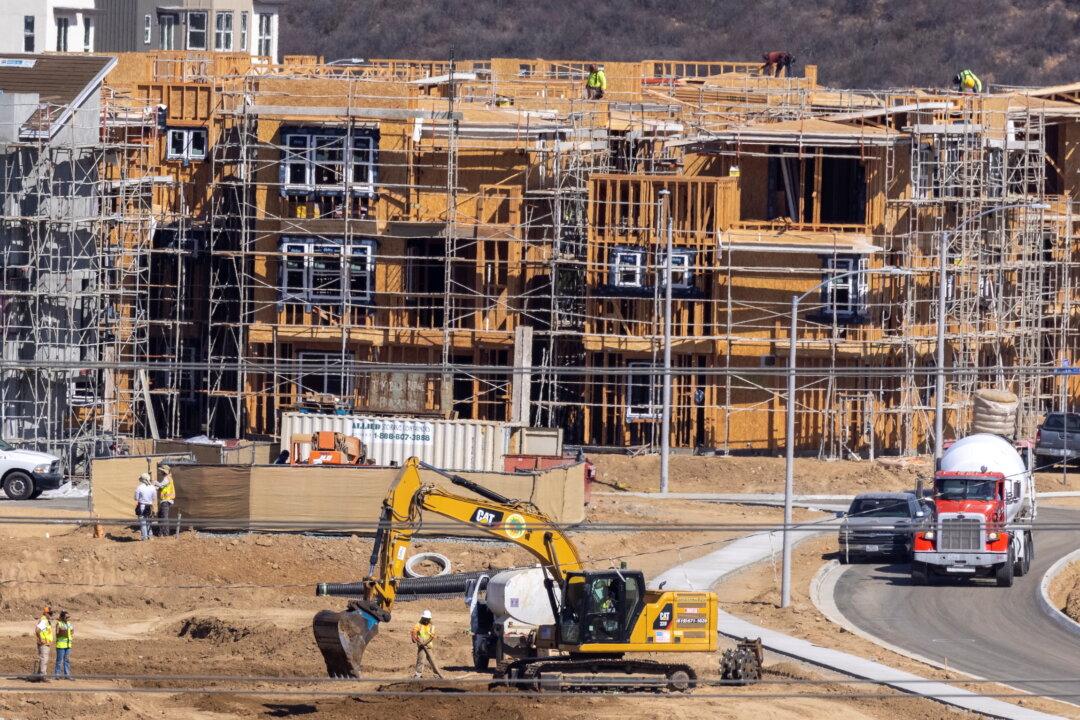The supply of homes for sale in the United States began to show signs of improvement in April 2022 according to new data from Realtor.com, which stated that the number of salable homes would increase in the next few weeks due to fewer buyers.
April housing inventory was 12 percent lower than in the same month in 2021, the smallest year-over-year decline since the end of 2019, but higher mortgage rates combined with record home prices are removing much of the competition from the market during the popular spring buying season, which is leading to a slowdown in bidding wars.





